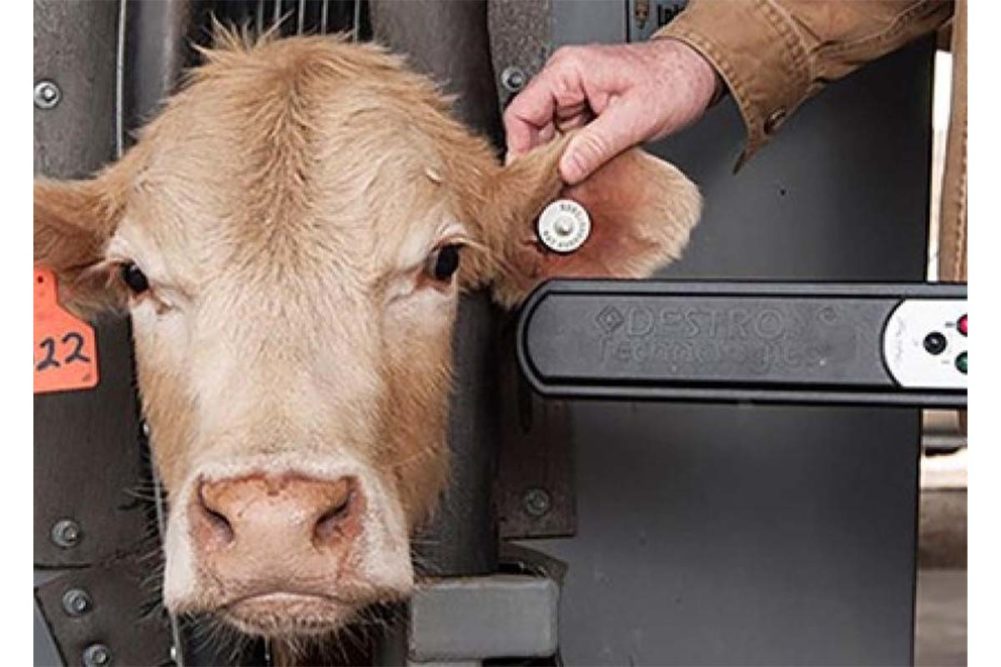WASHINGTON — On April 26, the US Department of Agriculture’s Animal and Plant Health Inspection Service (APHIS) announced it amended regulations to improve the traceability of cattle and bison by utilizing technology and implementing practices to rapidly identify and isolate cases of foreign animal diseases. Implementing the animal traceability regulations will allow animal health officials to pinpoint specific, at-risk, producers and isolate those producers in the affected regions that stand to benefit by limiting the impact to only the regions and not disrupt all US shipments of products with global trading partners by proving unaffected regions’ disease-free status.
“Rapid traceability in a disease outbreak will not only limit how long farms are quarantined, keep more animals from getting sick, and help ranchers and farmers get back to selling their products more quickly — but will help keep our markets open,” said Michael Watson, DVM, APHIS administrator.
This rule is the culmination of goals established by USDA to increase traceability, one of the best protections against disease outbreaks, and enhances a rule finalized in 2013 for the official identification of livestock and documentation for certain interstate movements of livestock.
To facilitate the updated livestock disease traceability program, the USDA said it will provide free electronic eartags to producers to ensure the fastest possible response times when a foreign animal disease is detected. Eartags must be readable (visually and electronically) for official use for the interstate transport of specific categories of cattle and bison.
According to APHIS, the regulation’s final rule applies to all sexually intact cattle and bison 18 months of age or older; all dairy cattle; cattle and bison of any age used for rodeo or recreation events; and cattle or bison of any age used for livestock shows or exhibitions.
The final rule will be published in the Federal Register in the weeks to come and will be effective 180 days thereafter.


